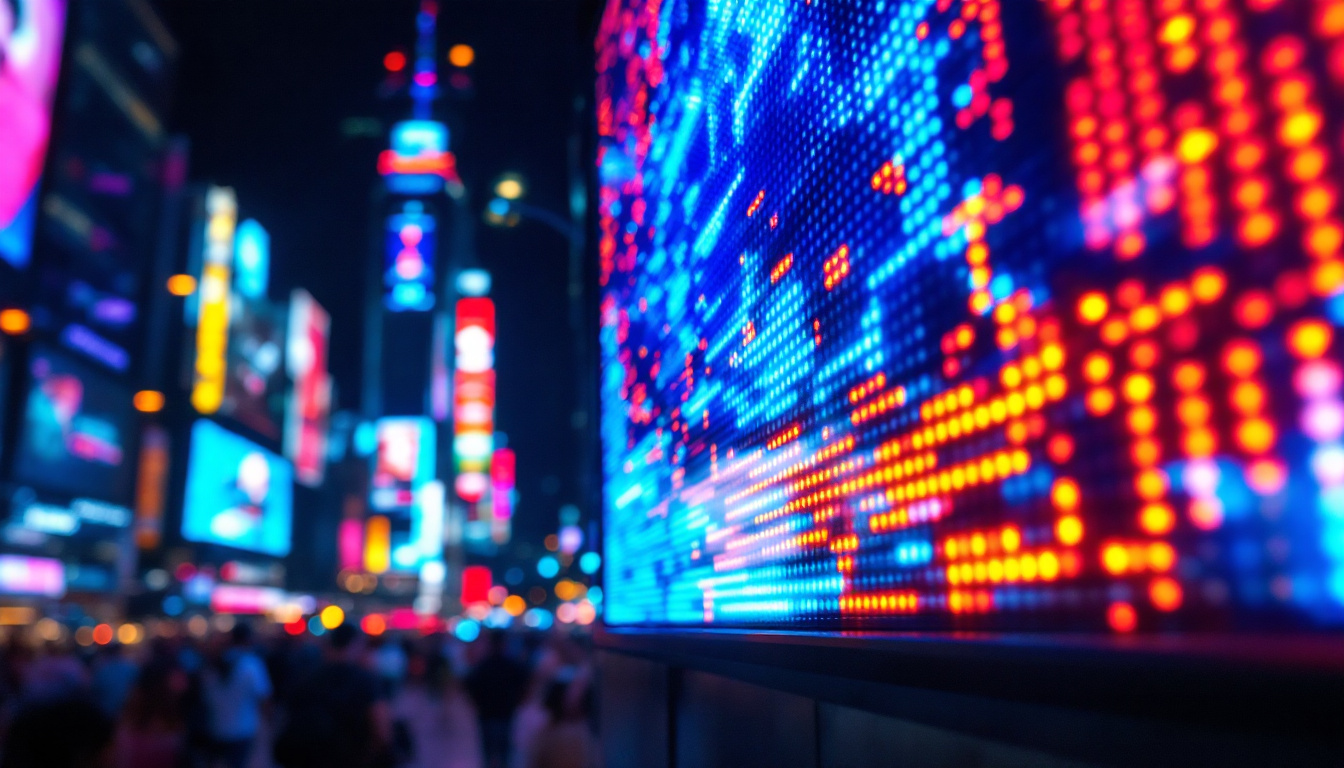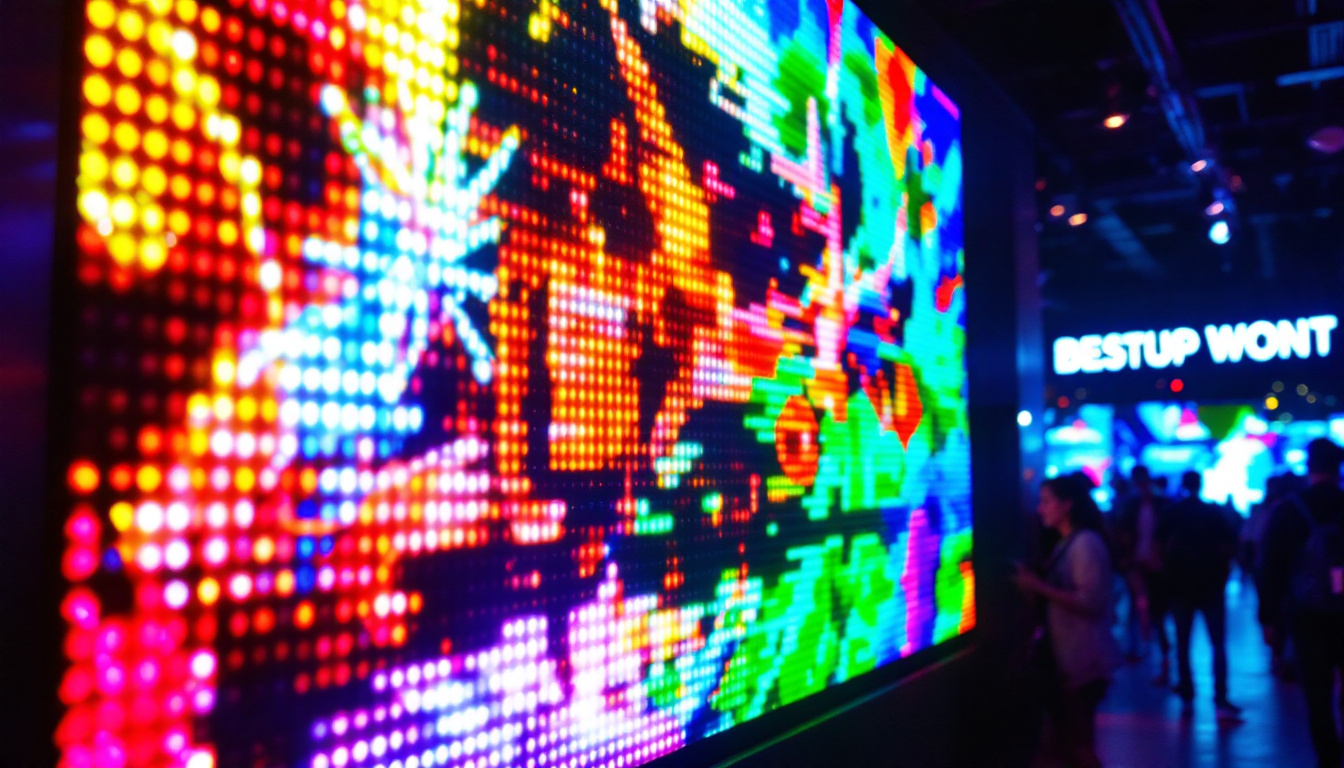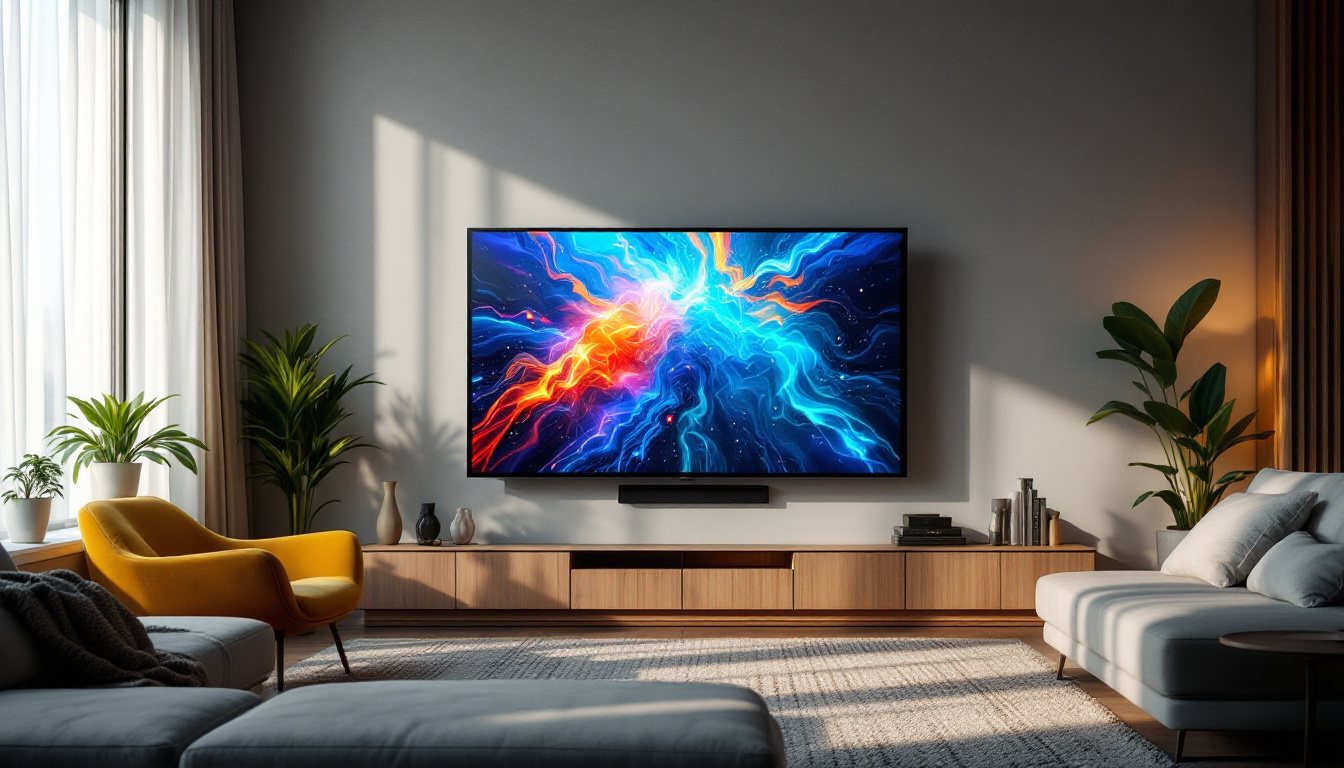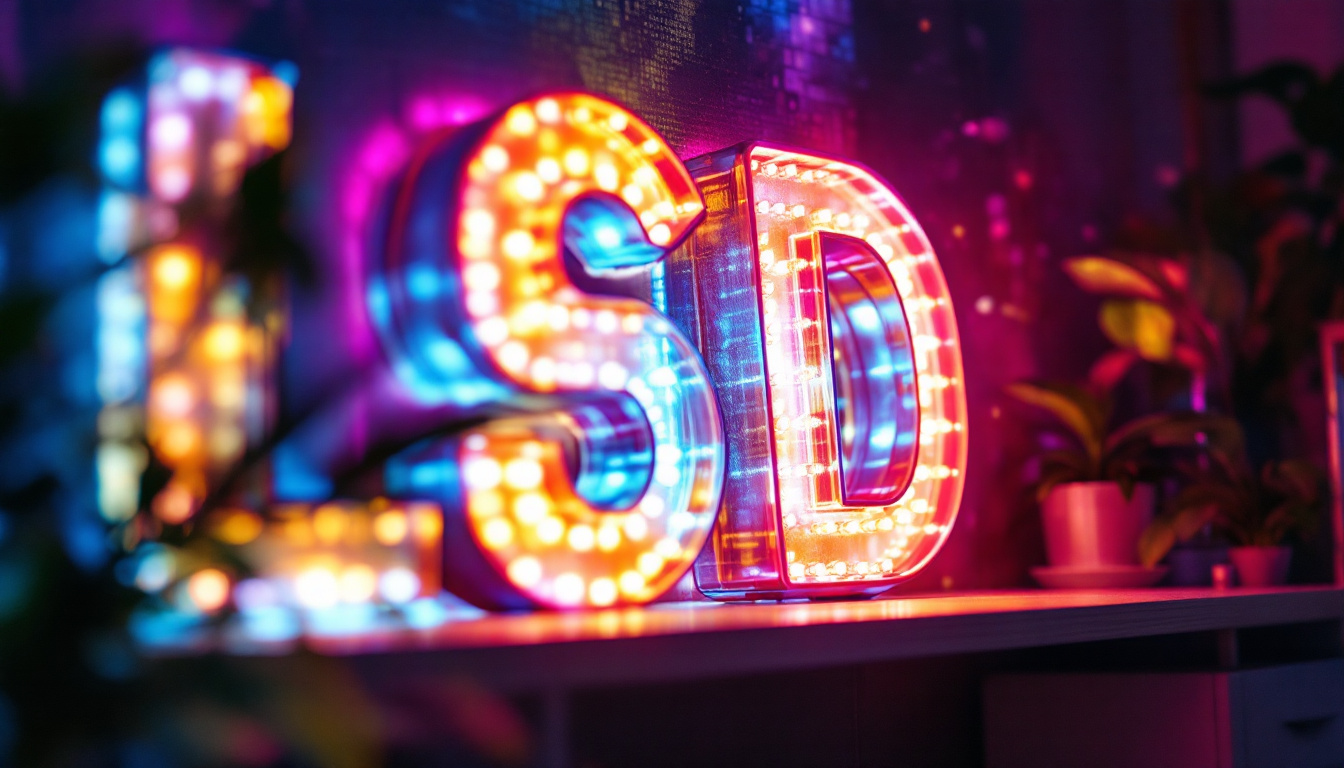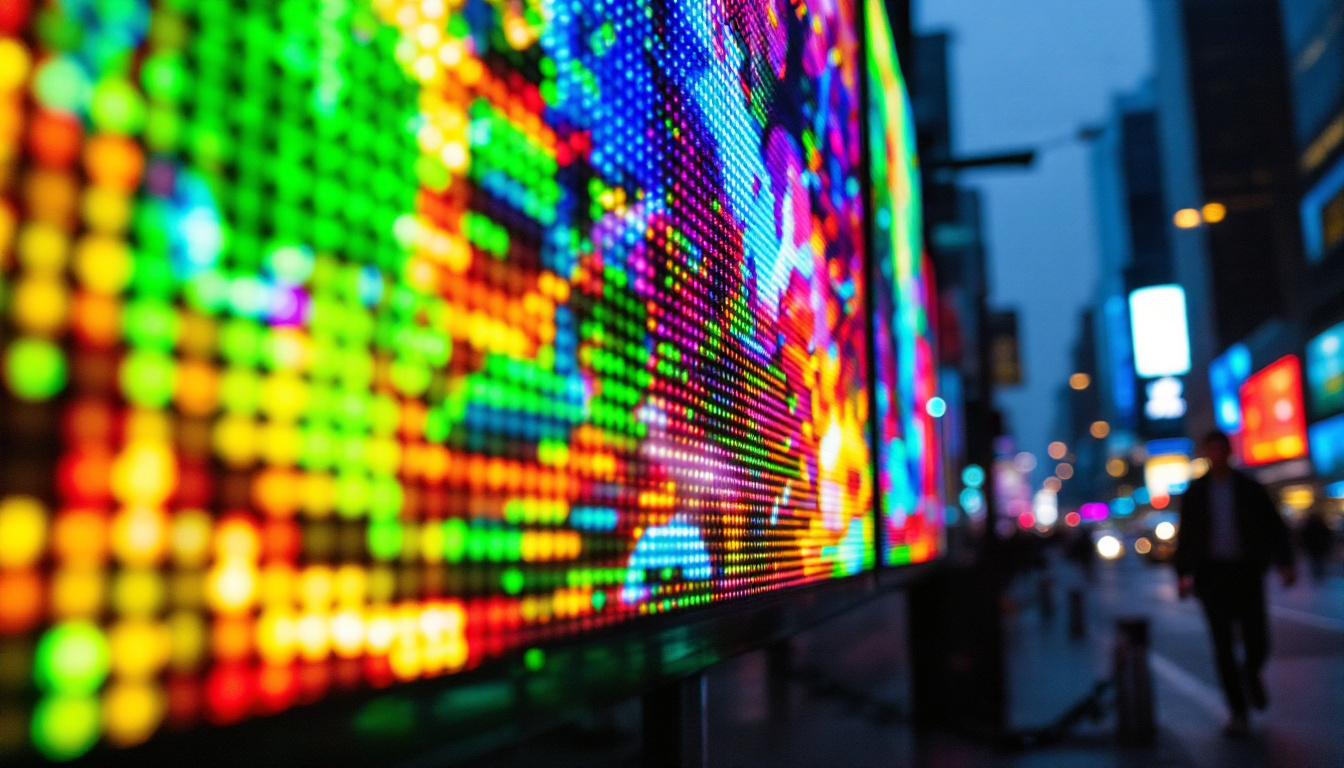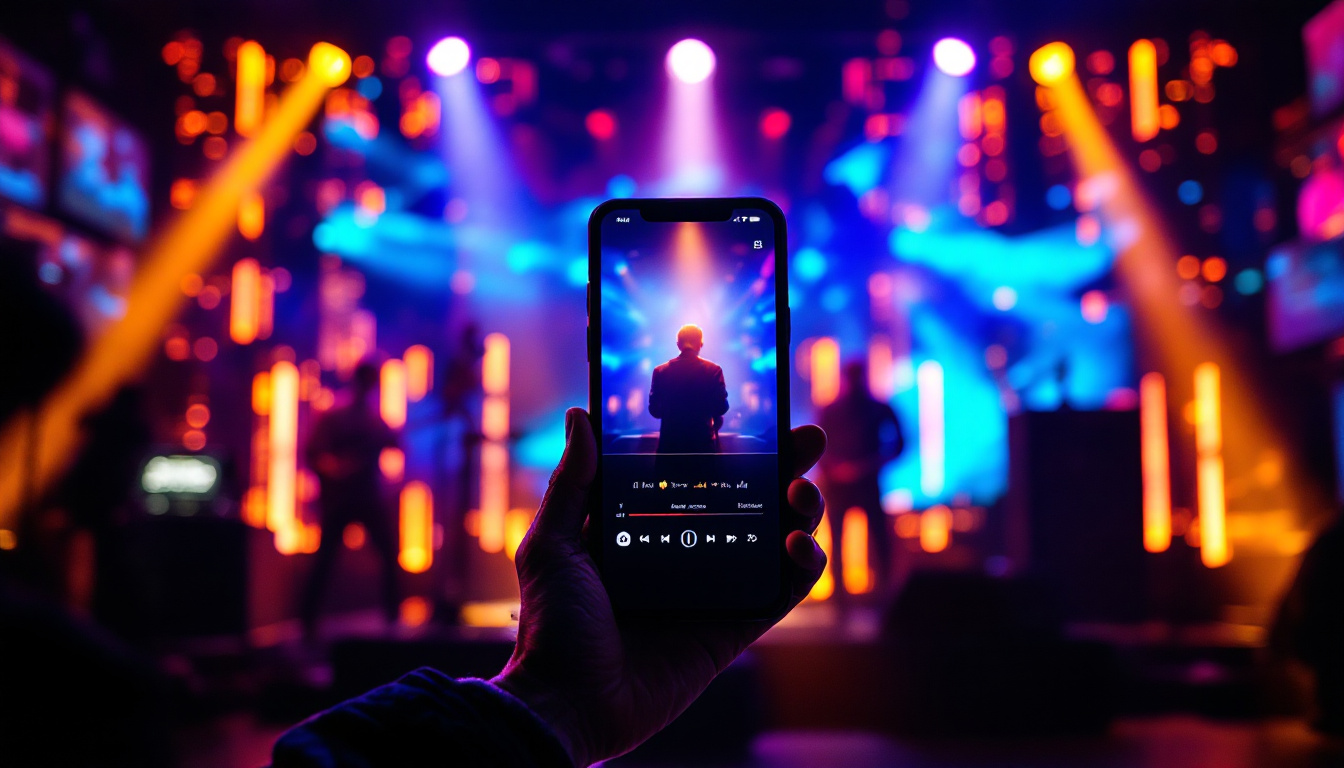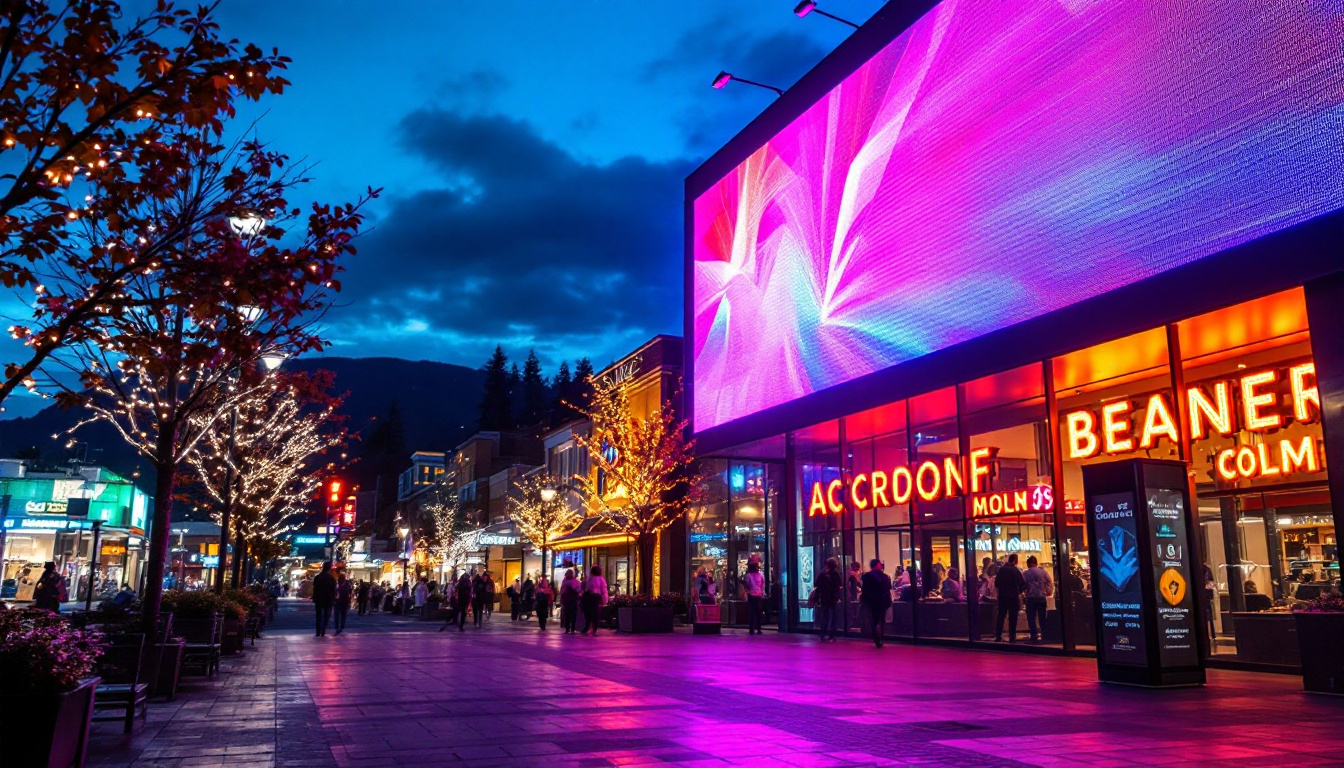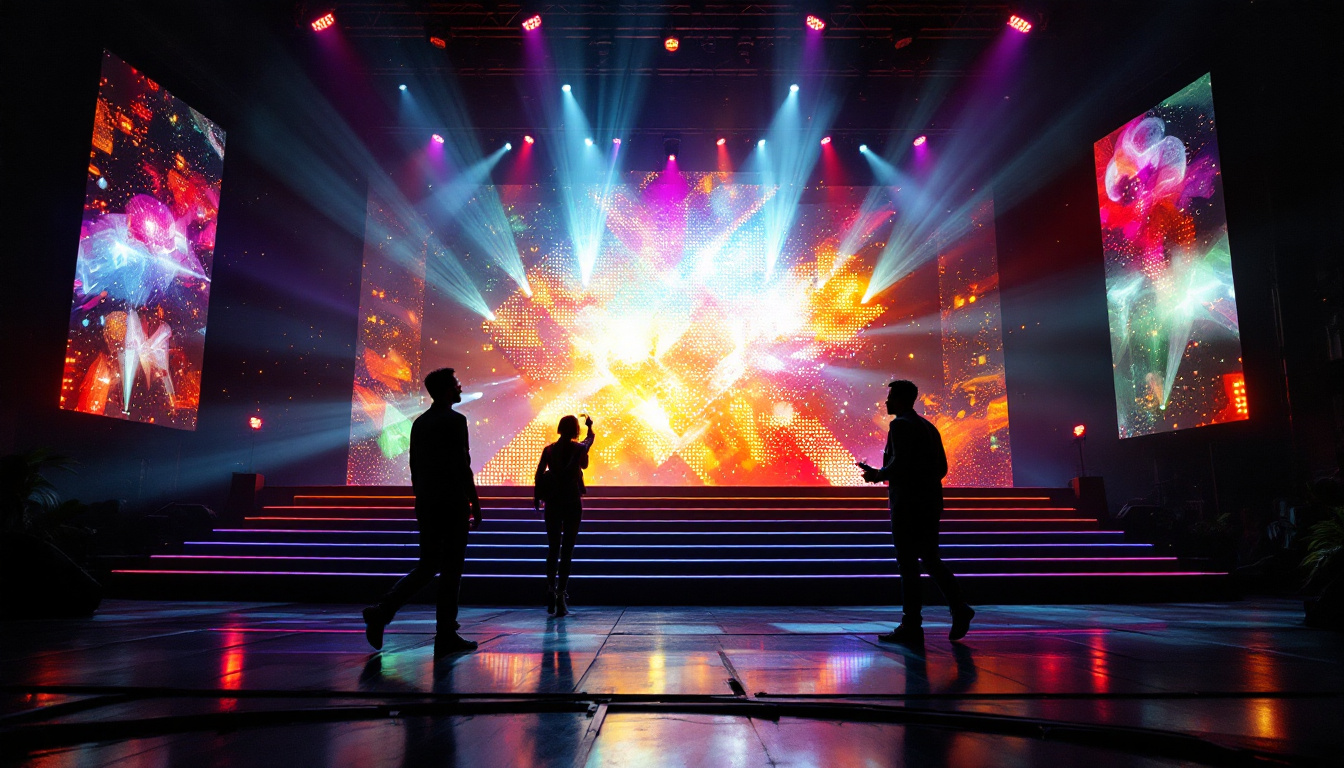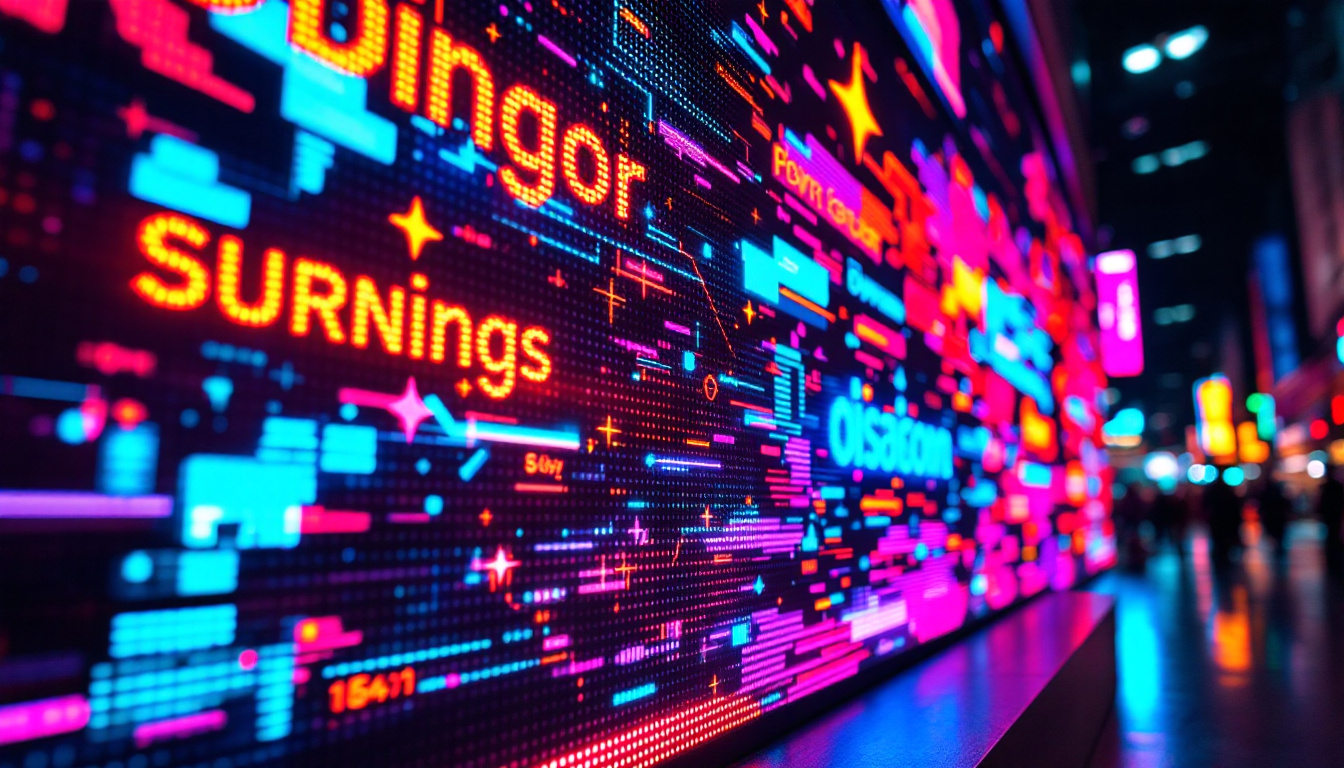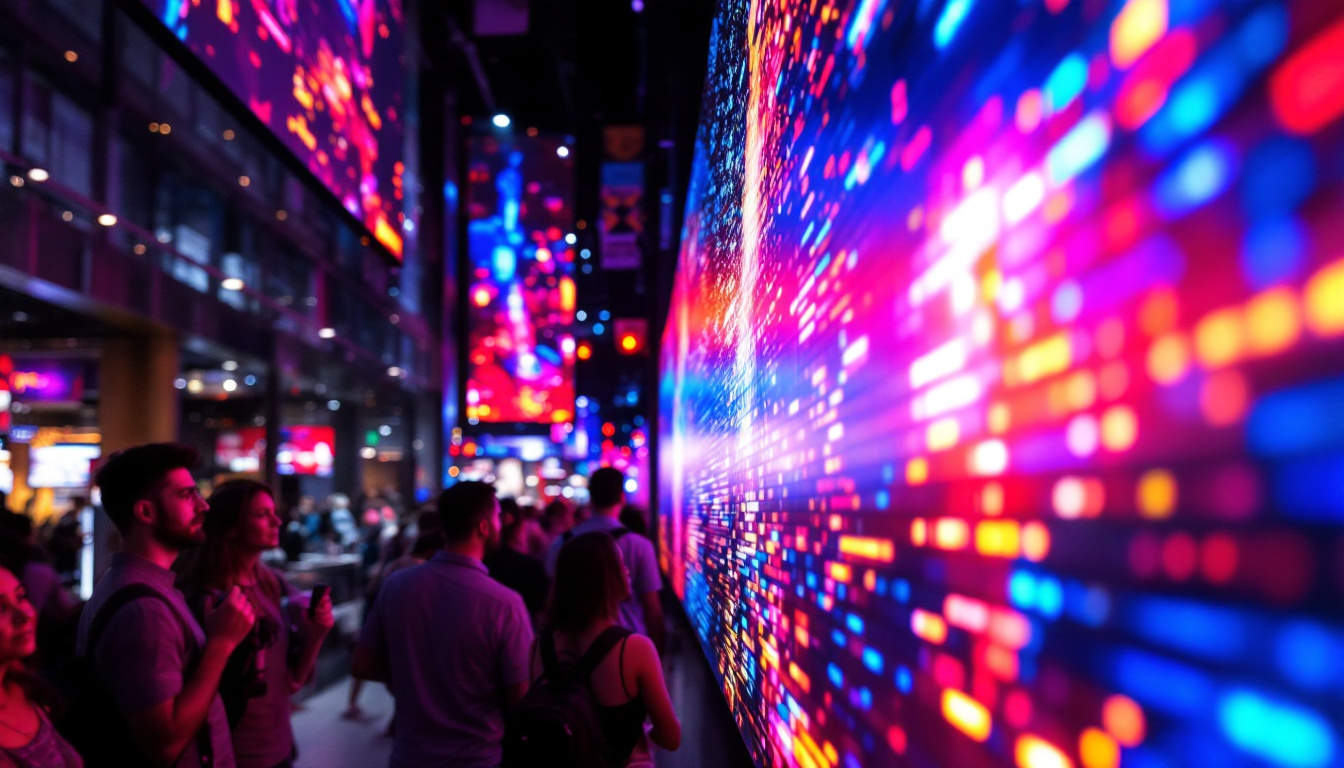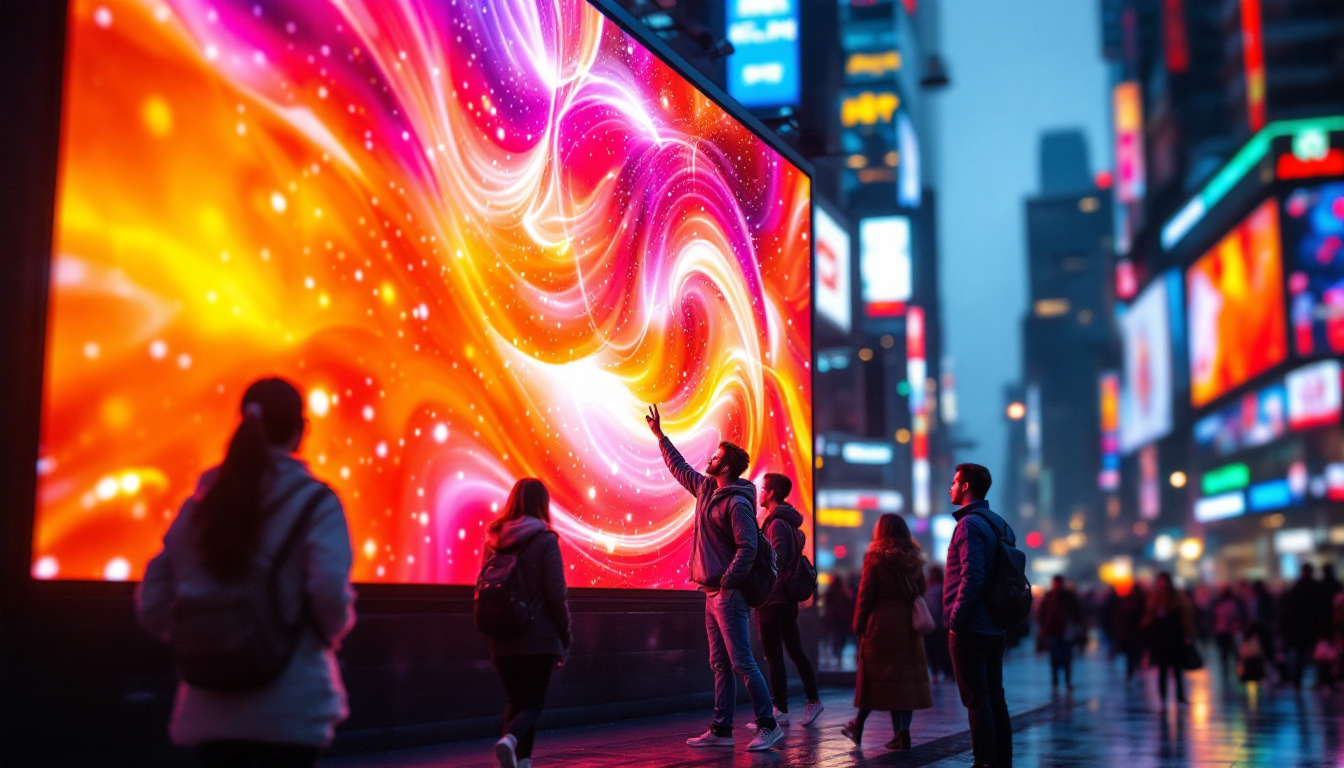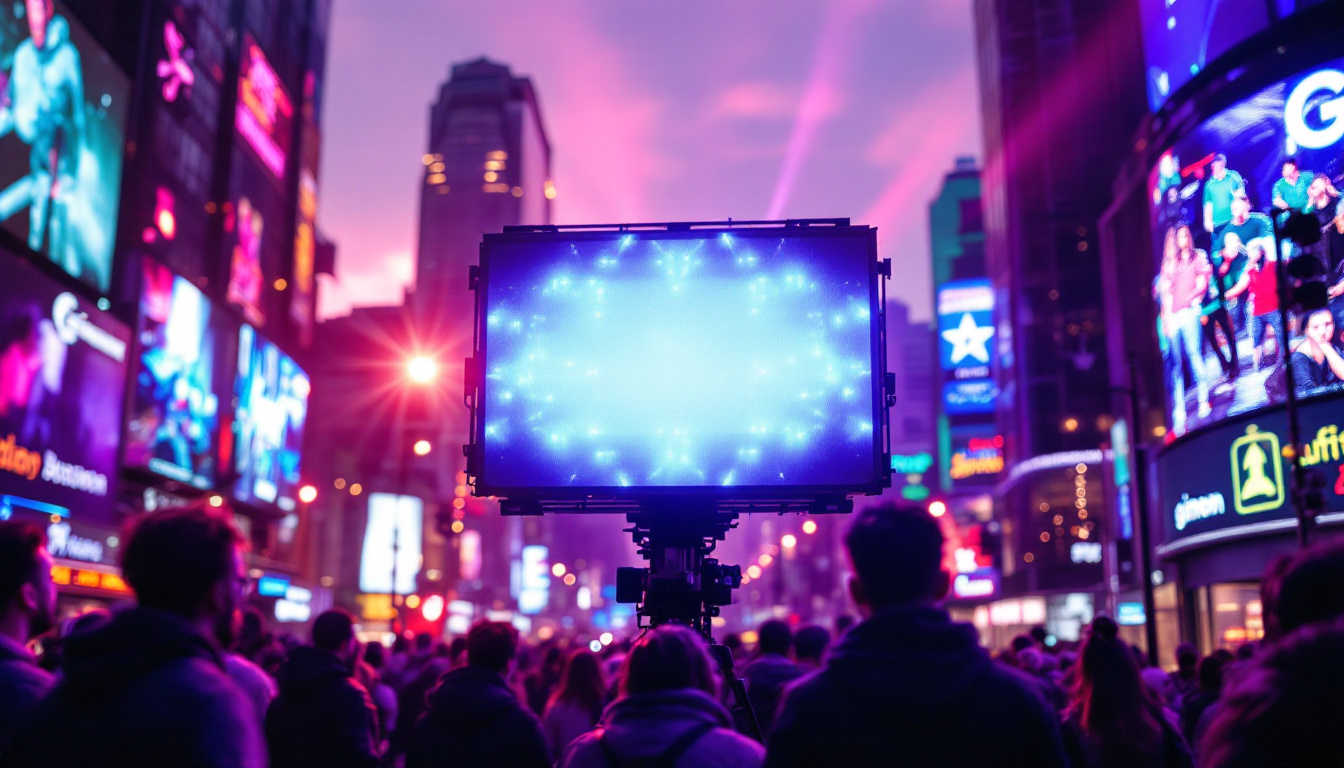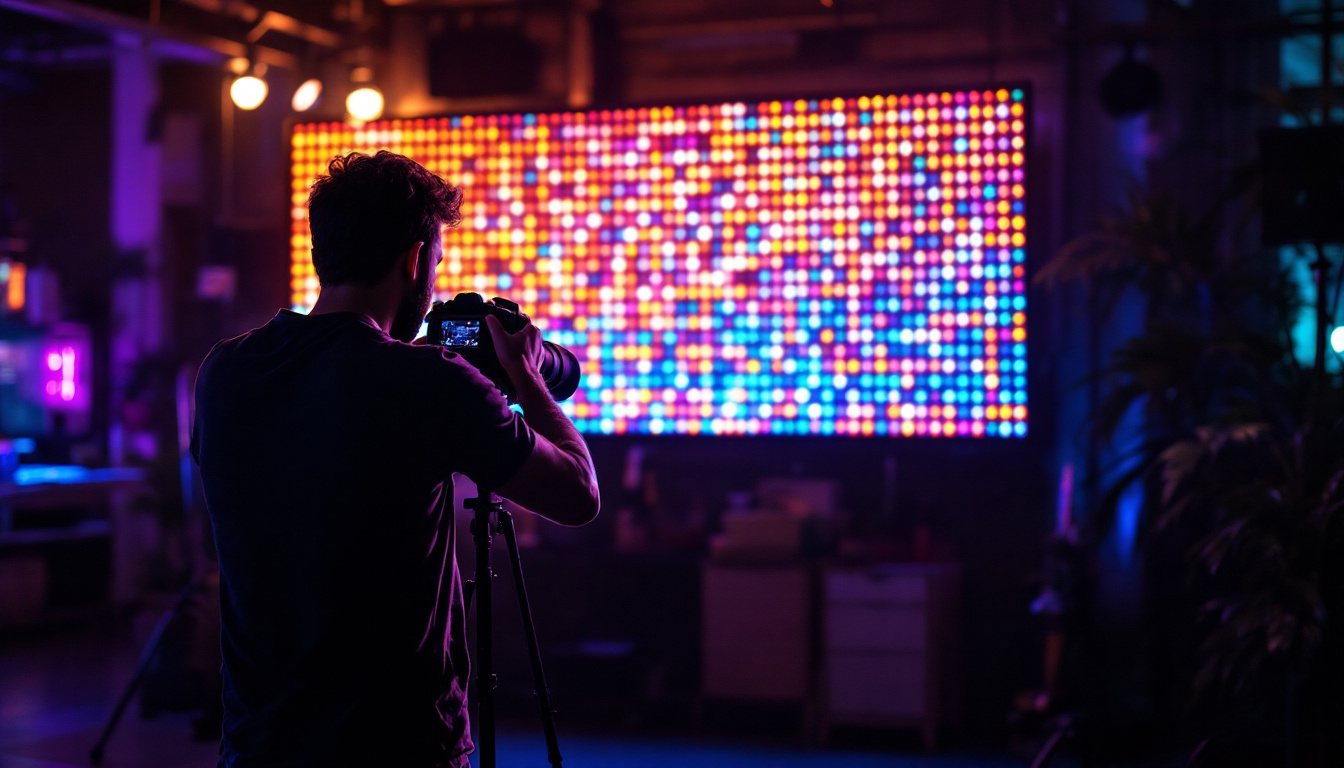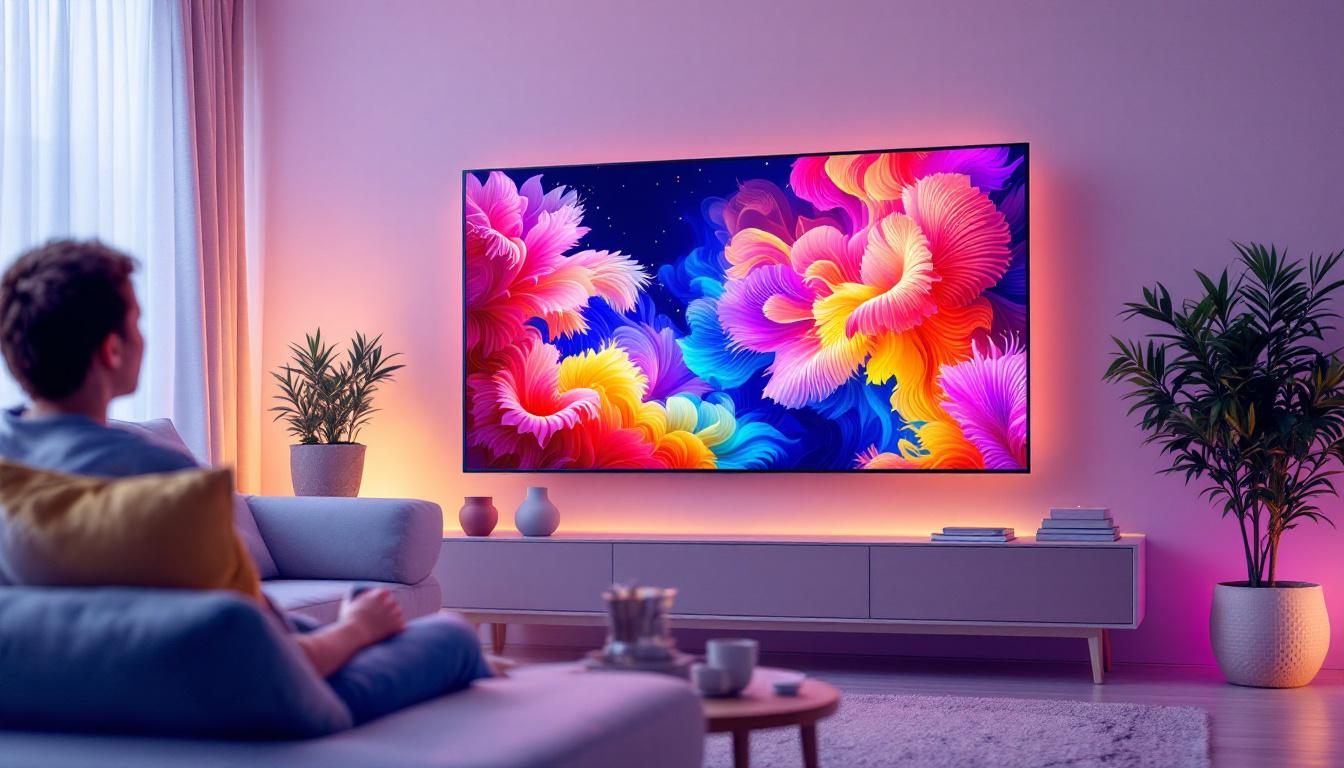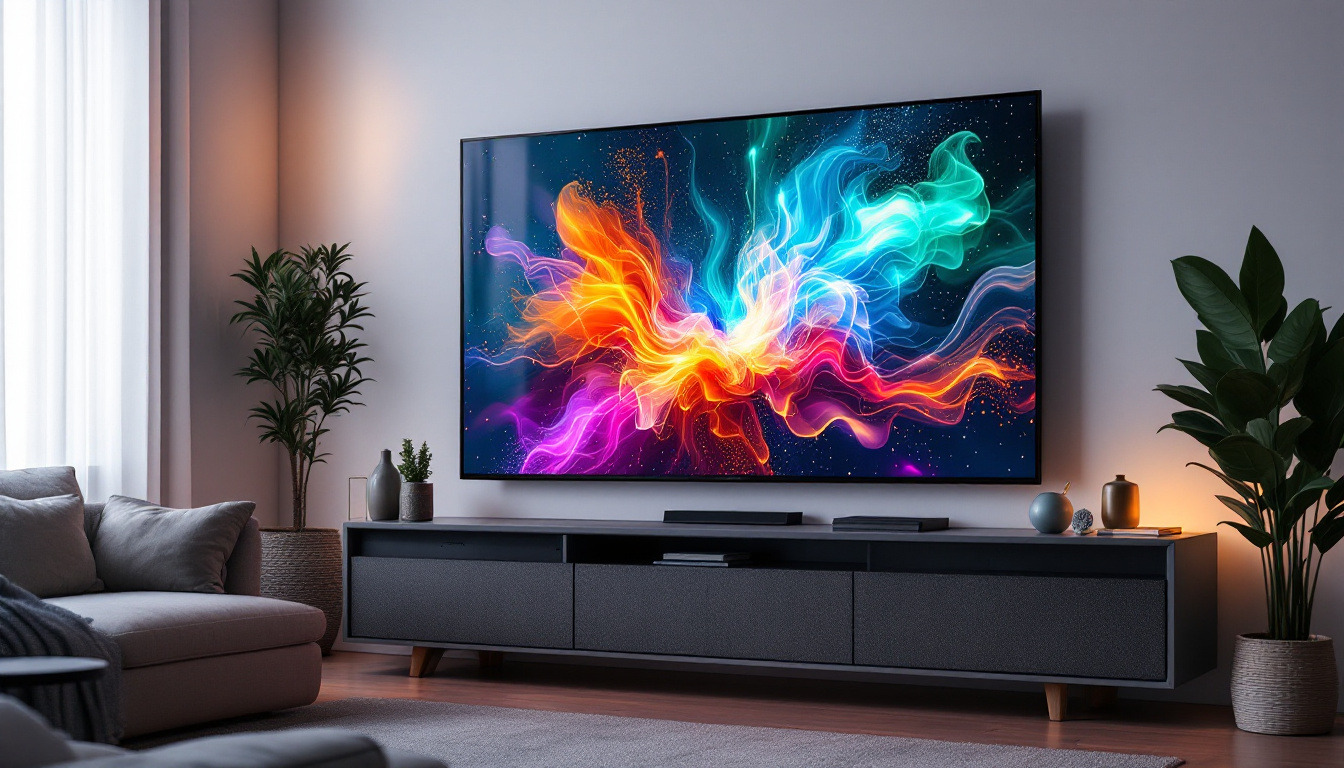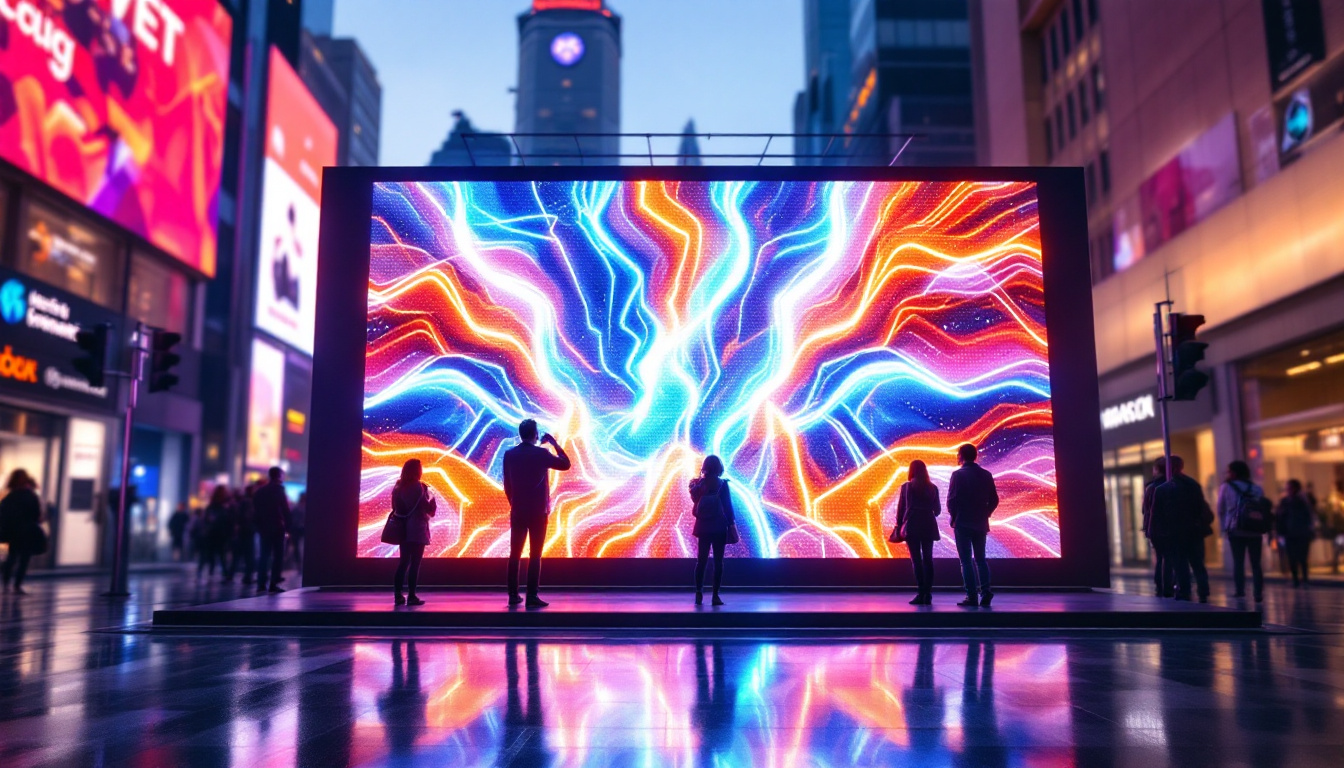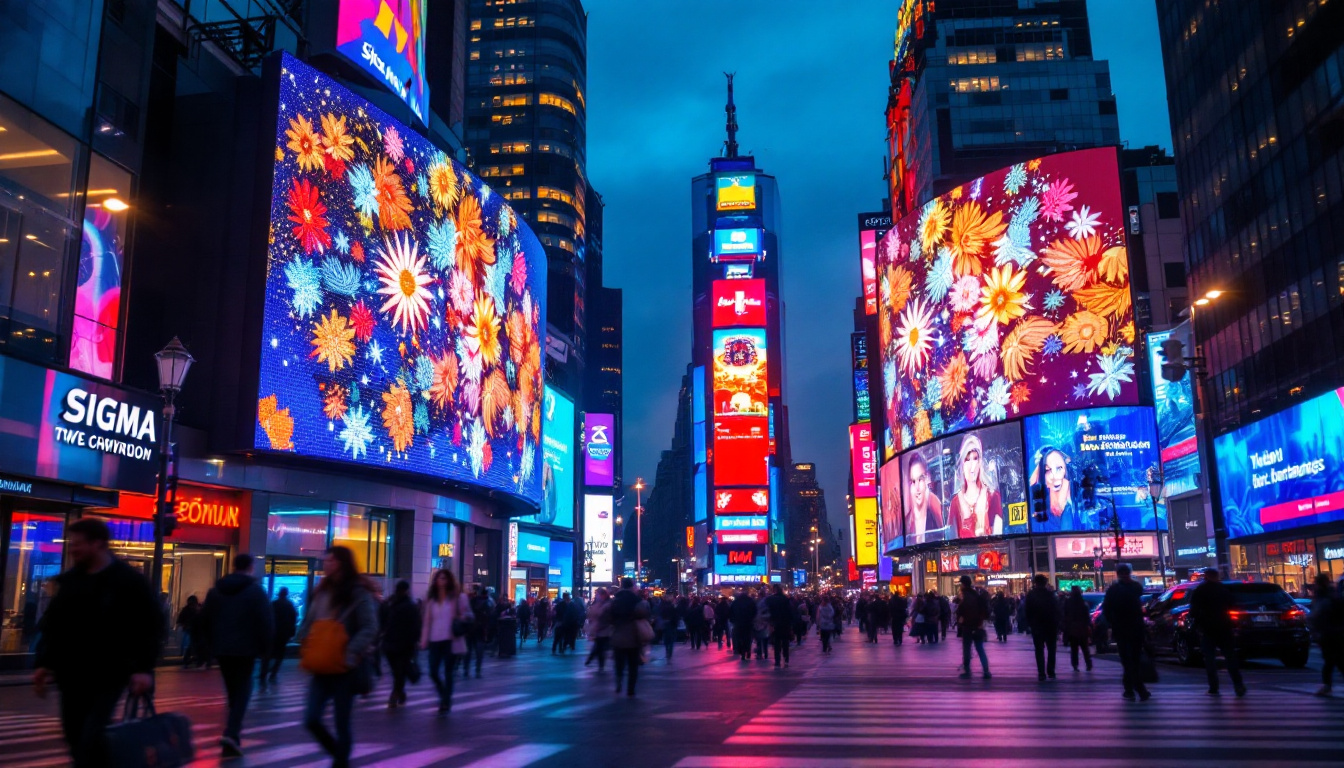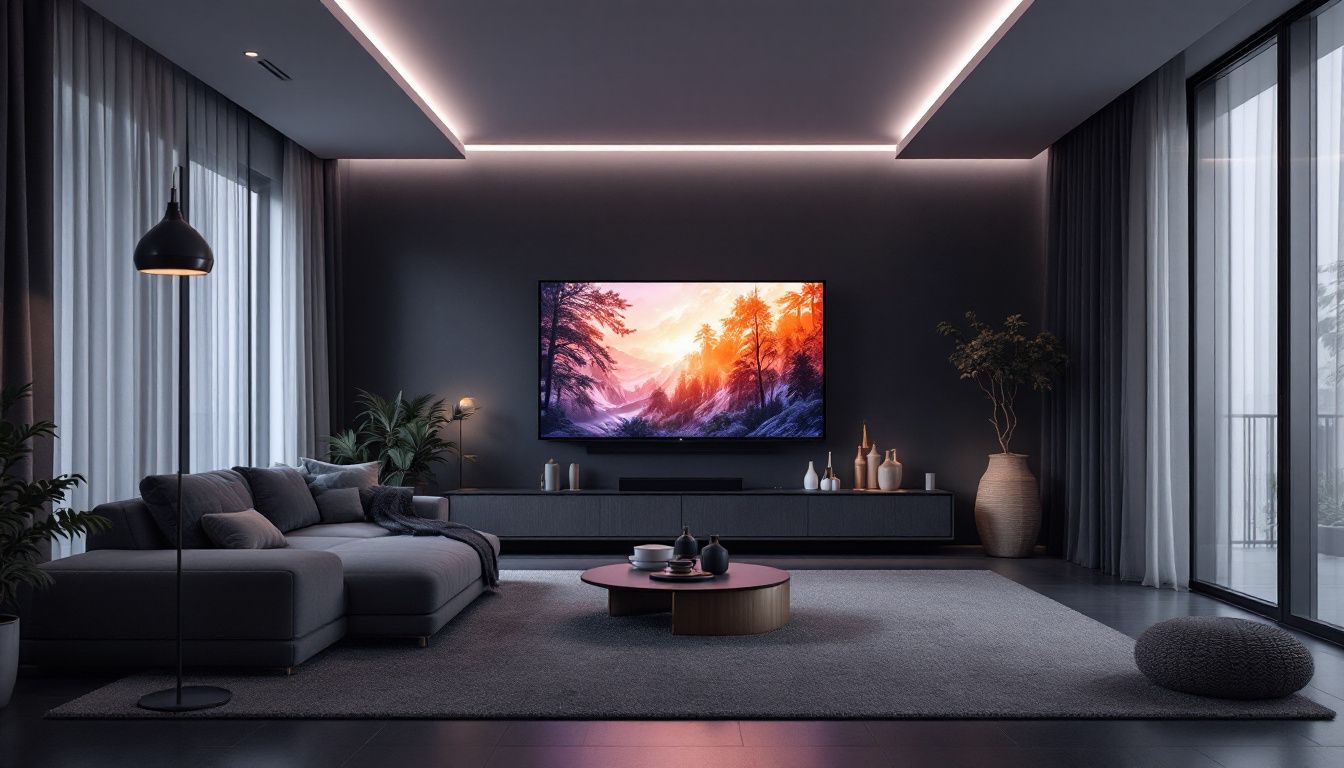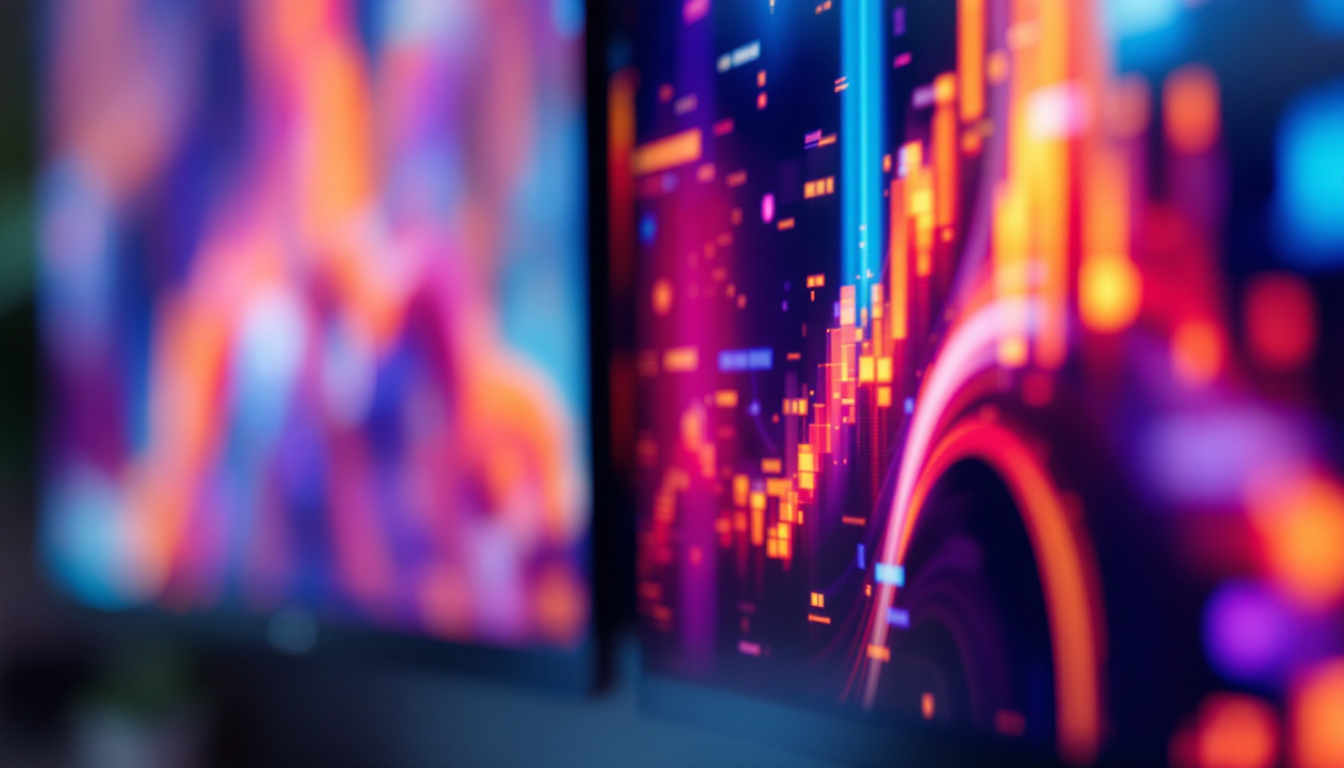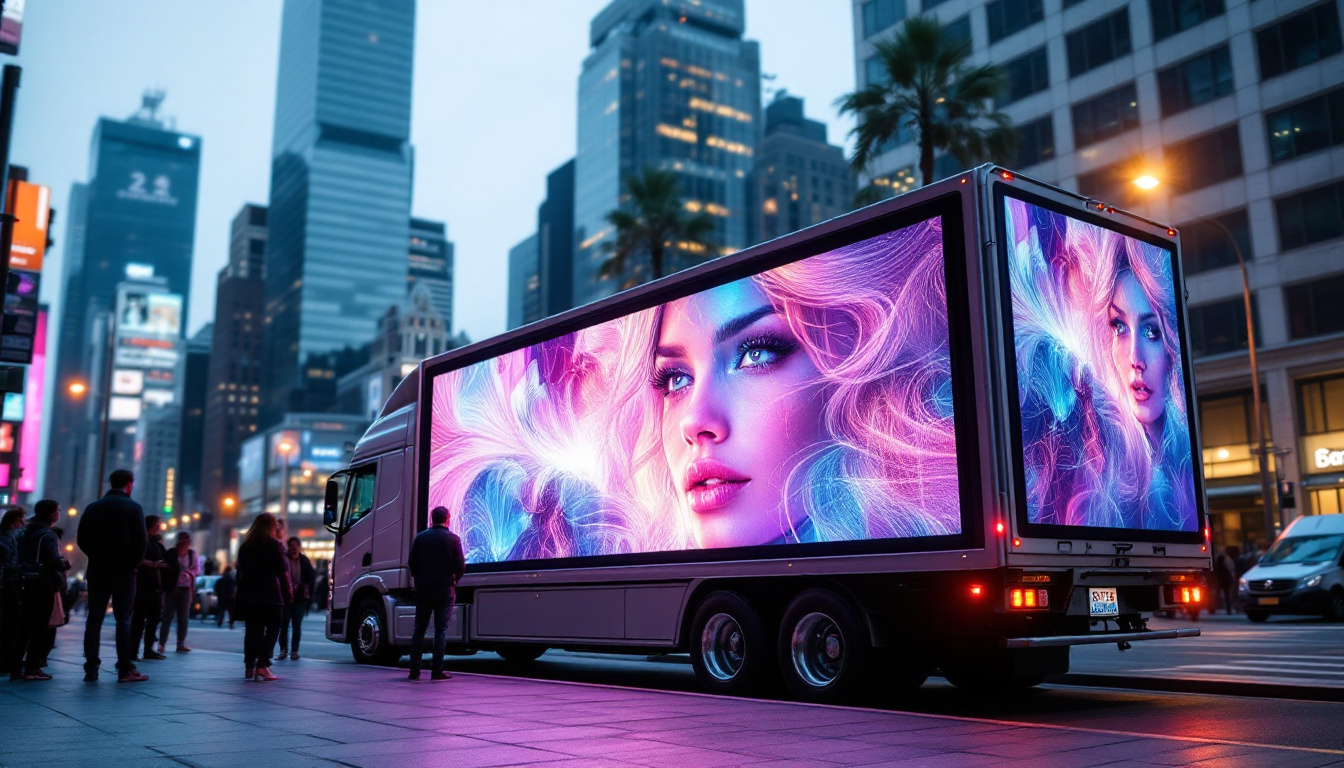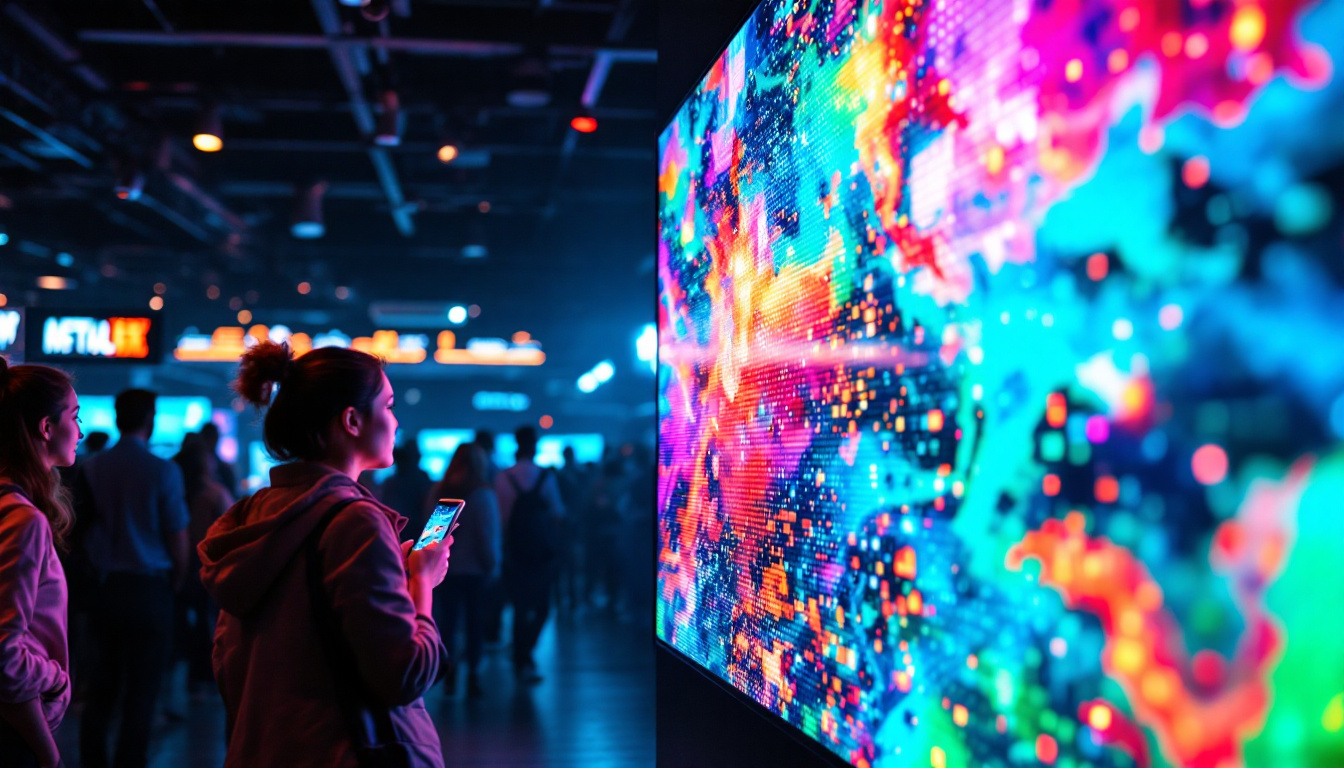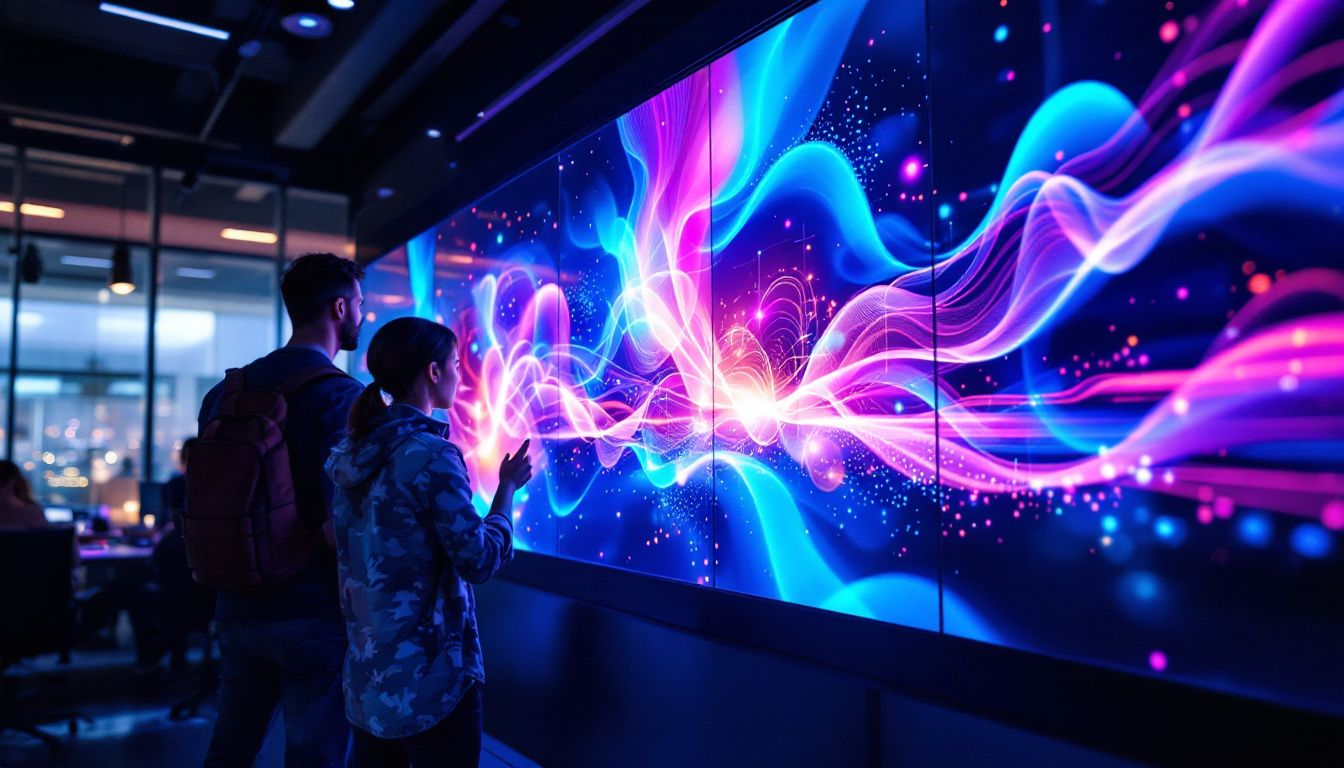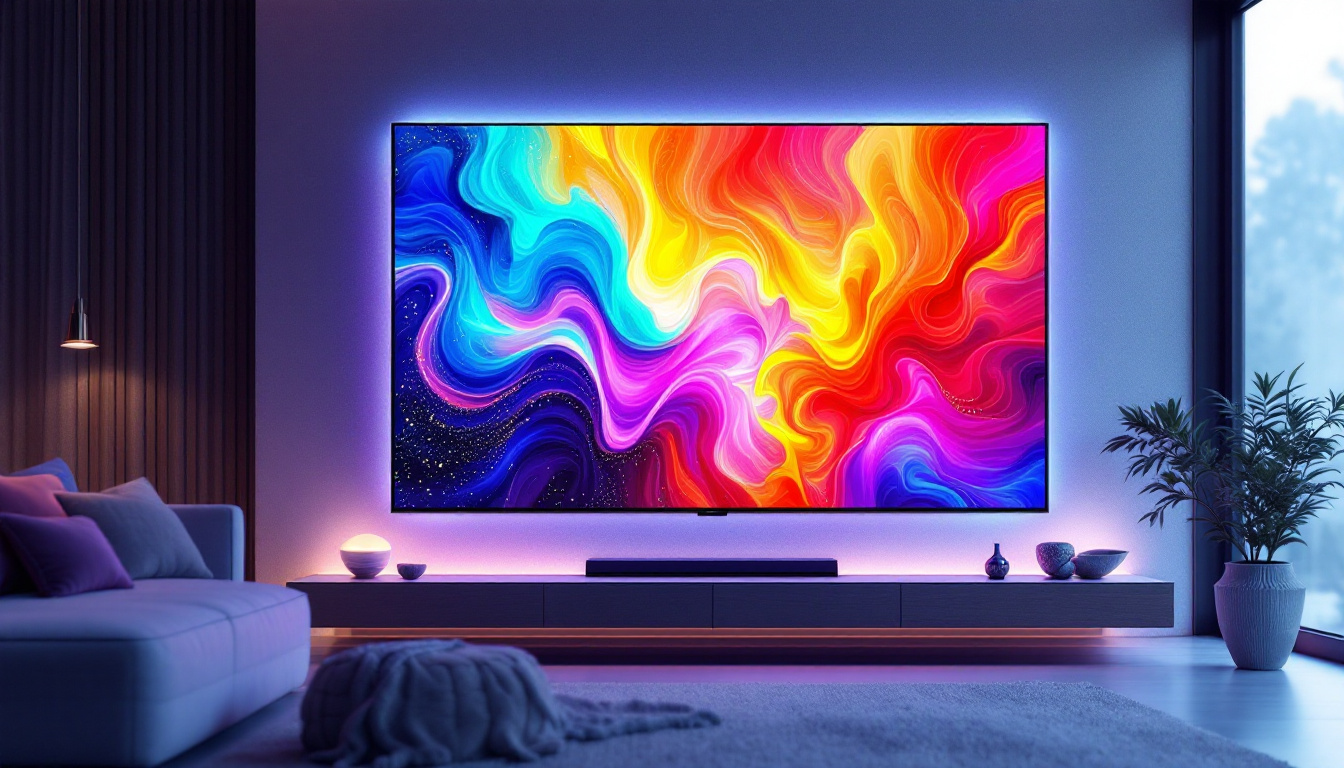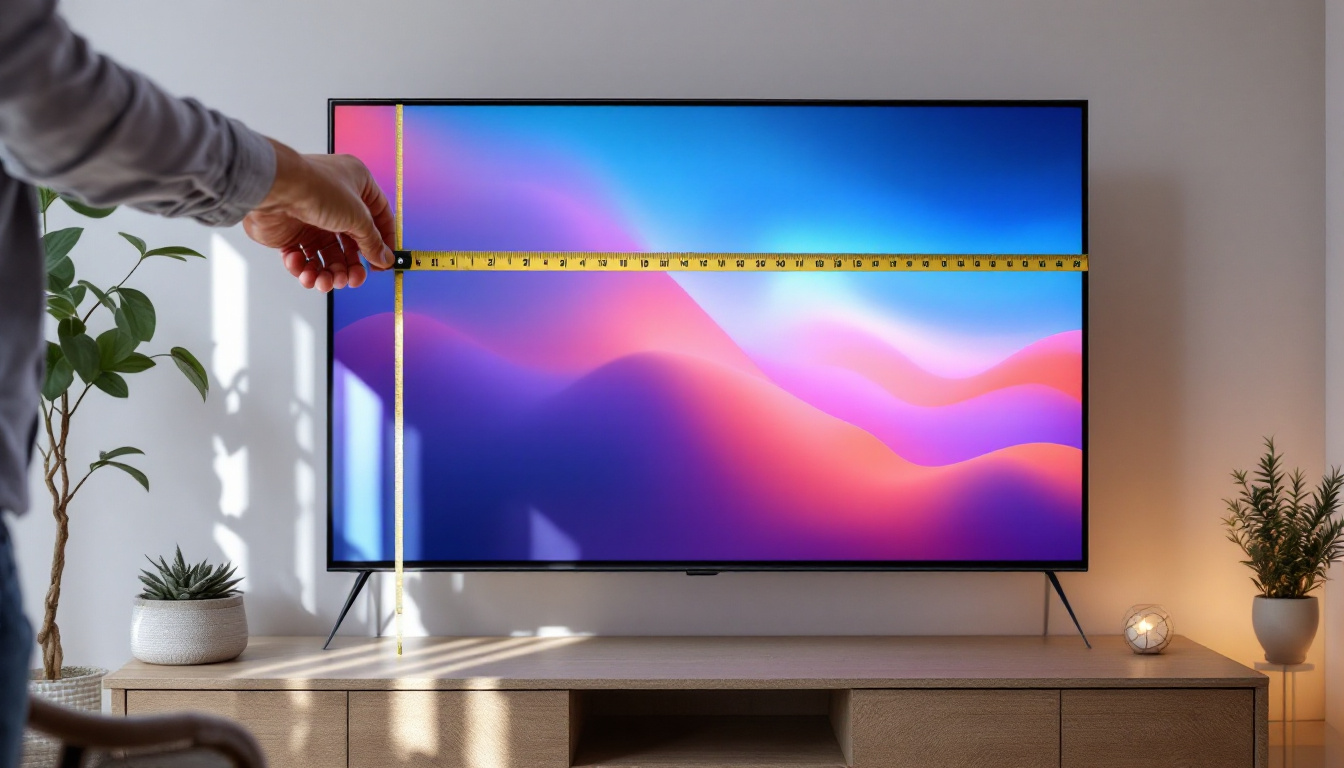In the rapidly evolving world of digital technology, LED displays have emerged as a powerful medium for communication, advertising, and entertainment. As the CEO of Resolutionstudios.com, a leading company in the field of LED display solutions, the importance of understanding this technology cannot be overstated. This article delves into the intricacies of LED displays, their applications, benefits, and future trends, providing a comprehensive overview of this fascinating technology.
Understanding LED Technology
Light Emitting Diodes (LEDs) are semiconductor devices that emit light when an electric current passes through them. This fundamental principle underpins the operation of LED displays, which have gained immense popularity due to their efficiency, brightness, and versatility. Unlike traditional incandescent bulbs that waste a significant amount of energy as heat, LEDs convert a higher percentage of energy into light, making them an environmentally friendly choice. Their long lifespan, often exceeding 25,000 hours, further contributes to their appeal, reducing the need for frequent replacements and maintenance.
How LED Displays Work
LED displays are composed of numerous tiny LEDs arranged in a grid. Each LED can emit different colors, and by controlling the intensity of each light, a wide range of colors can be produced. This is achieved through a process known as pulse-width modulation, which adjusts the duration of the on and off states of each LED, creating the illusion of varying brightness levels. The precision of this technology allows for smooth transitions and dynamic visuals, making LED displays particularly effective for video presentations and live events.
The combination of red, green, and blue (RGB) LEDs allows for the creation of over 16 million colors. This color mixing capability is one of the reasons why LED displays are favored for applications requiring vibrant visuals, such as advertising and entertainment. Furthermore, advancements in LED technology have led to the development of high dynamic range (HDR) displays, which enhance color accuracy and contrast, providing viewers with an immersive experience that was previously unattainable with older display technologies.
Types of LED Displays
LED displays come in various forms, each tailored for specific applications. The most common types include:
- Indoor LED Displays: These are designed for use in controlled environments such as shopping malls, conference rooms, and theaters. They typically have a higher pixel density, resulting in sharper images viewed from close distances. Indoor displays often feature advanced technologies like high refresh rates, which are essential for displaying fast-moving content without blurring.
- Outdoor LED Displays: Built to withstand harsh weather conditions, outdoor displays are larger and brighter, ensuring visibility even in direct sunlight. They are commonly used for billboards and large signage. Additionally, many outdoor LED displays incorporate protective features such as waterproofing and UV resistance, ensuring durability and longevity in various climates.
- Transparent LED Displays: These innovative displays allow light to pass through, making them ideal for storefronts and exhibitions. They provide a unique way to showcase products without obstructing views. This technology not only enhances aesthetic appeal but also enables advertisers to create captivating visual experiences that engage customers while maintaining the transparency of the underlying environment.
Applications of LED Displays
The versatility of LED displays allows them to be utilized in a myriad of applications across different industries. From advertising to entertainment, the impact of LED technology is profound.
Advertising and Marketing
One of the most significant applications of LED displays is in advertising. Businesses leverage the high visibility and dynamic nature of LED screens to capture the attention of potential customers. With the ability to display vibrant colors and moving images, these displays create engaging advertisements that can be updated in real-time.
Moreover, LED displays can be programmed to target specific demographics based on time of day, location, or audience behavior, making them a powerful tool for marketers looking to maximize their reach and effectiveness.
Events and Entertainment
In the realm of entertainment, LED displays have revolutionized the way audiences experience live events. Concerts, sports games, and festivals utilize large LED screens to enhance the visual experience, providing viewers with close-up views of performances and real-time information.
Additionally, LED displays are integral to stage design, allowing for creative backdrops and effects that can change throughout a performance. This dynamic capability adds depth and excitement to events, making them more memorable for attendees.
Transportation and Public Information
LED displays play a crucial role in transportation systems, providing real-time information to passengers. Train stations, airports, and bus terminals use LED screens to display arrival and departure times, gate information, and other essential updates.
These displays not only enhance the passenger experience but also improve operational efficiency by ensuring that information is communicated clearly and promptly.
Benefits of LED Displays
The adoption of LED displays offers numerous advantages that contribute to their growing popularity across various sectors. Understanding these benefits can help businesses make informed decisions about their advertising and communication strategies.
Energy Efficiency
One of the standout features of LED technology is its energy efficiency. LED displays consume significantly less power compared to traditional display technologies, such as LCD or projection systems. This reduced energy consumption translates into lower operating costs, making LED displays an economically viable option for long-term use.
Furthermore, the longevity of LED lights—often lasting up to 100,000 hours—means that businesses can save on maintenance and replacement costs, further enhancing their cost-effectiveness.
High Brightness and Visibility
LED displays are known for their exceptional brightness, making them highly visible even in bright outdoor environments. This characteristic is particularly beneficial for advertising applications, where capturing attention is crucial.
Moreover, the wide viewing angles offered by LED technology ensure that content is easily seen from various positions, allowing businesses to reach a broader audience without compromising on quality.
Flexibility and Customization
LED displays offer unparalleled flexibility in terms of design and content. They can be configured in various shapes and sizes, allowing for creative installations that fit specific spaces and branding requirements. This adaptability is particularly advantageous for businesses looking to create unique and eye-catching displays.
Additionally, the content displayed on LED screens can be easily updated and customized, enabling businesses to respond quickly to market changes or promotional opportunities. This real-time adaptability is a significant advantage in today’s fast-paced digital landscape.
Challenges and Considerations
While LED displays offer numerous benefits, there are also challenges and considerations that businesses must address when implementing this technology. Understanding these factors is essential for making informed decisions.
Initial Investment Costs
Despite their long-term cost savings, the initial investment for LED displays can be substantial. Businesses must weigh the upfront costs against the potential return on investment, particularly for large-scale installations.
It is crucial to conduct a thorough cost-benefit analysis to determine the financial feasibility of adopting LED technology, especially for small to medium-sized enterprises.
Technical Expertise
Implementing and maintaining LED displays requires a certain level of technical expertise. Businesses may need to invest in training staff or hire specialized personnel to ensure that the displays are set up correctly and functioning optimally.
Additionally, as technology continues to evolve, staying updated with the latest advancements in LED technology can be a challenge. Continuous education and training are essential to maximize the benefits of LED displays.
Environmental Considerations
While LED displays are more energy-efficient than traditional technologies, there are still environmental considerations to keep in mind. The production and disposal of electronic components can contribute to electronic waste, which poses environmental challenges.
Businesses should explore sustainable practices, such as recycling programs and energy-efficient manufacturing processes, to minimize their environmental impact while utilizing LED technology.
The Future of LED Displays
The future of LED displays looks promising, with ongoing advancements in technology and increasing adoption across various sectors. As the demand for high-quality visual content continues to grow, LED displays are expected to evolve in several key areas.
Advancements in Technology
Innovations in LED technology are paving the way for even more efficient and versatile displays. Developments such as microLED and miniLED technologies promise to deliver higher resolutions, improved color accuracy, and greater energy efficiency.
These advancements will enable businesses to create even more engaging and immersive experiences for their audiences, further solidifying the role of LED displays in advertising, entertainment, and information dissemination.
Integration with Smart Technologies
As the Internet of Things (IoT) continues to expand, the integration of LED displays with smart technologies is becoming increasingly prevalent. Businesses can leverage data analytics and real-time information to create dynamic content that responds to audience behavior and preferences.
This level of interactivity and personalization will enhance the effectiveness of LED displays, making them an even more valuable tool for communication and marketing.
Sustainability Initiatives
With growing awareness of environmental issues, the LED display industry is likely to focus more on sustainability initiatives. This includes developing eco-friendly materials, improving energy efficiency, and implementing recycling programs for electronic waste.
By prioritizing sustainability, businesses can not only reduce their environmental impact but also appeal to consumers who increasingly value eco-conscious practices.
Conclusion
LED displays have transformed the way businesses communicate with their audiences, offering vibrant visuals, energy efficiency, and versatility. As the CEO of Resolutionstudios.com, the importance of embracing this technology is clear. Understanding the intricacies of LED displays, their applications, and the benefits they offer is essential for businesses looking to stay competitive in today’s digital landscape.
While challenges exist, the ongoing advancements in LED technology and the increasing integration with smart solutions present exciting opportunities for the future. By leveraging LED displays effectively, businesses can enhance their communication strategies, engage their audiences, and ultimately drive success in a rapidly changing environment.
Discover LumenMatrix’s Innovative LED Solutions
Ready to elevate your visual communication and captivate your audience with unparalleled clarity and impact? Explore LumenMatrix’s comprehensive range of LED display modules, from vibrant Indoor and Outdoor LED Wall Displays to dynamic Vehicle and Sports LED Displays. Whether you’re looking for a sleek LED Poster Display, an interactive Floor LED Display, or a Custom solution tailored to your unique needs, LumenMatrix has the cutting-edge technology to bring your vision to life. Don’t miss the opportunity to transform your space with our All-in-One and Transparent LED Displays. Check out LumenMatrix LED Display Solutions today and join the revolution in visual communication.

